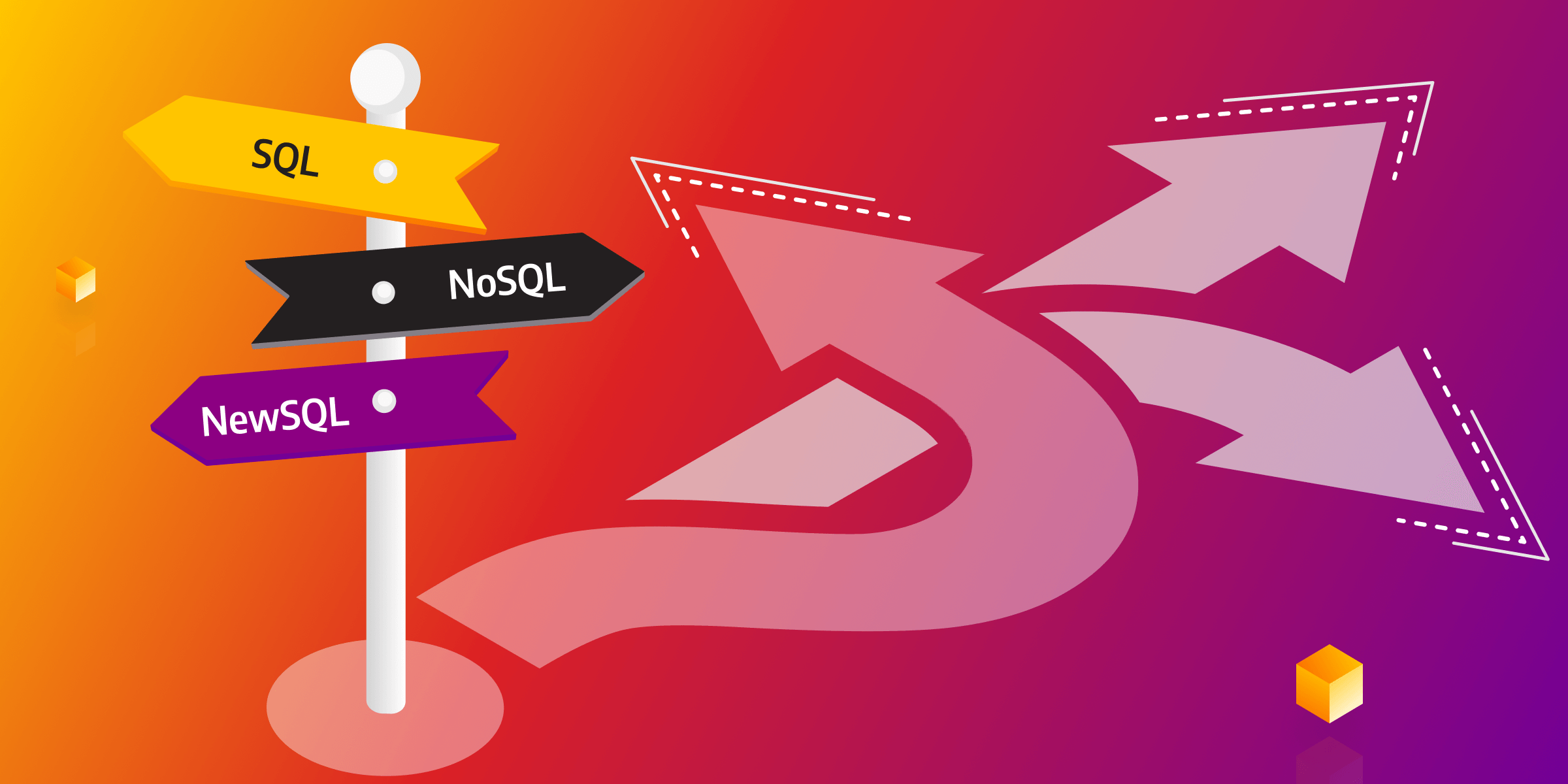
How to Choose a Database for Your Needs?
Can you recall some of the major decisions you made that determined the course of your life? Was it choosing a major? Starting a new job? Finding love? Well, a fair amount of decisions we make become life-changing. And just like those decisions determine our lives, choosing the right database management system will determine the course of your project, in a professional setting. Except here, as a not-so-pleasing bonus, the wrong decision will cost you a fortune, given that migrating to another database can be twice as expensive and risky rather than choosing the perfect one right off the bat.
Well, the significance of the right database is one thing, but with a wide variety of database options available, it is truly a challenge to determine the most suitable for your use case. This article will guide you through the factors to consider when selecting a database and will provide insights into popular database models to help you make an informed decision.
Exploring available database models
First things first, let's look at the database models you will encounter throughout your research:
Relational databases
Relational or SQL databases have been the cornerstone of data management for decades. They store data in tables with predefined schemas and enforce relationships between tables. Relational database solutions like MySQL, PostgreSQL, and Oracle are well-suited for structured data and complex relationships. They provide robust data integrity and consistency, making them suitable for applications that require ACID compliance. Some of the industries that widely adopted relational databases include but are not limited to finance, e-commerce, and content management systems. As you could expect, relational databases have proven their reliability and scalability over time, making them a trusted choice for handling mission-critical applications with high data volumes and complex workflows.
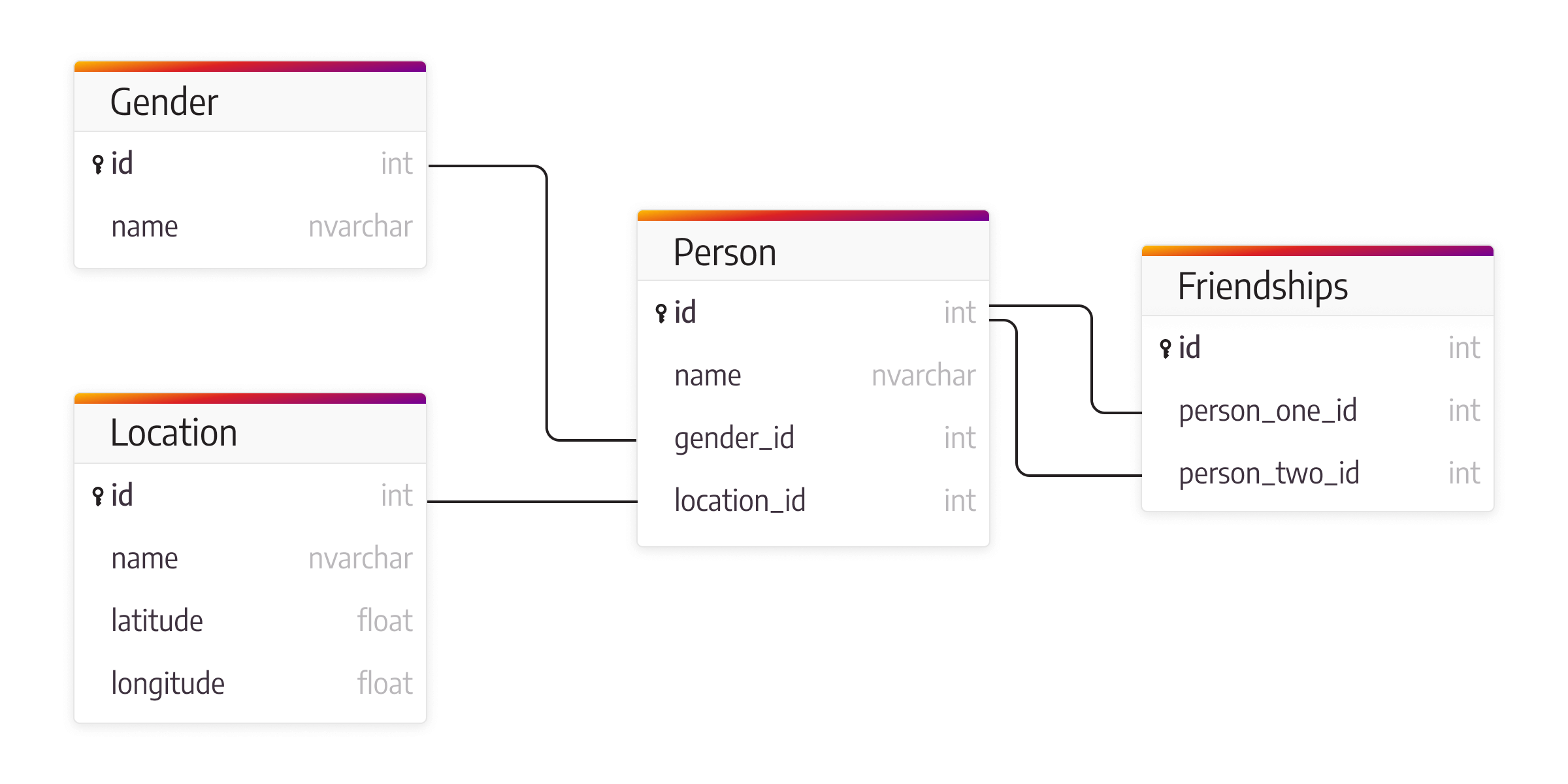
The ability of relational database management systems to efficiently handle concurrent access and maintain data consistency has made them the go-to solution for industries that demand two things: accuracy and reliability.
NoSQL databases
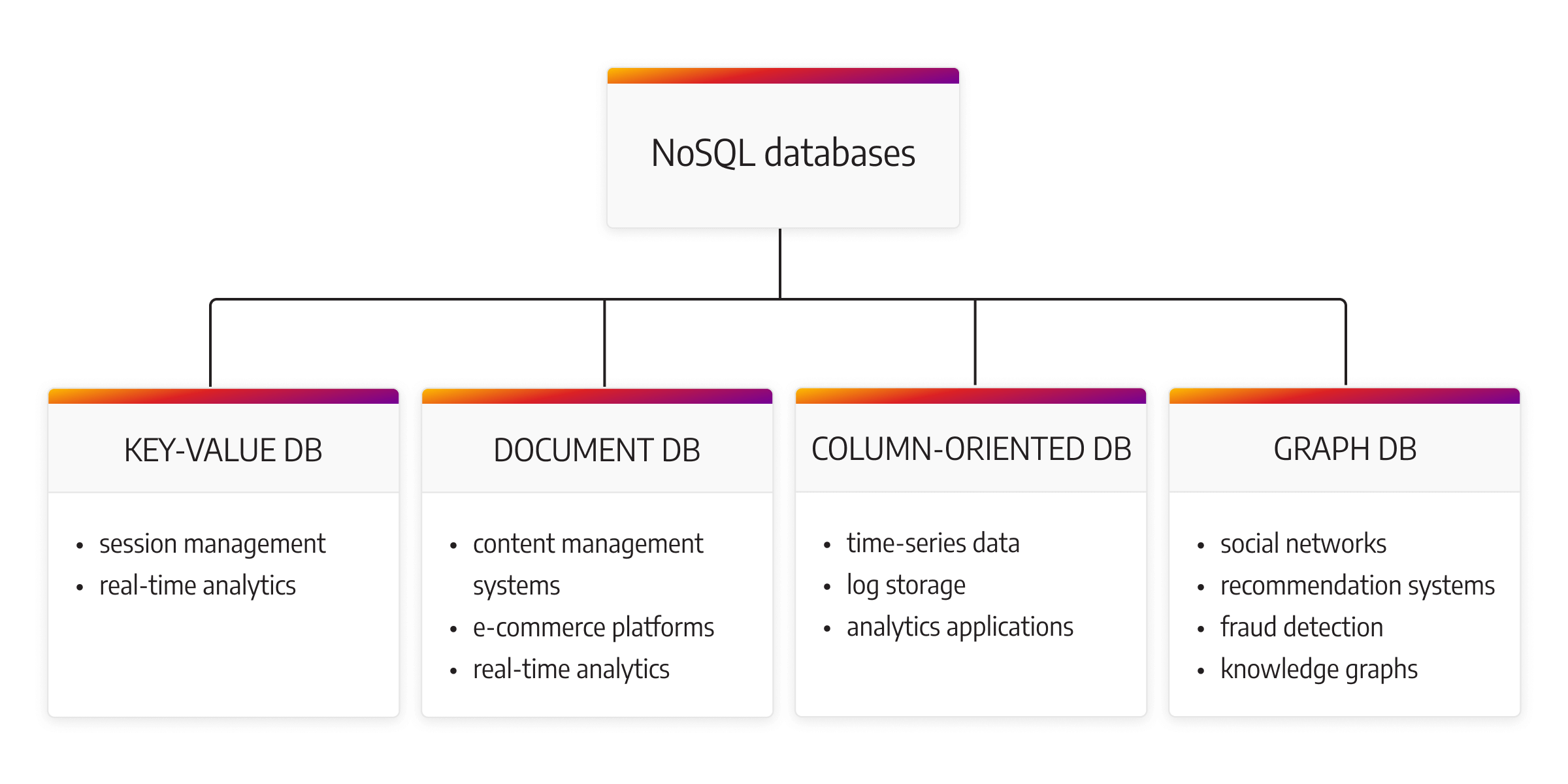
NoSQL database systems have gained popularity due to their flexibility and scalability. Unlike relational databases, they do not rely on fixed schemas and provide a more dynamic approach to data storage. NoSQL databases come in several subtypes, including key-value, document, column-oriented, and graph databases. Let's explore each of them:
Key-value

Two of the most popular examples of key-value databases, Redis and Riak, store data as a collection of key-value pairs. They are known for their simplicity, high performance, and scalability. Key-value databases are suitable for scenarios that require rapid data retrievals and caching, such as session management and real-time analytics.
Document
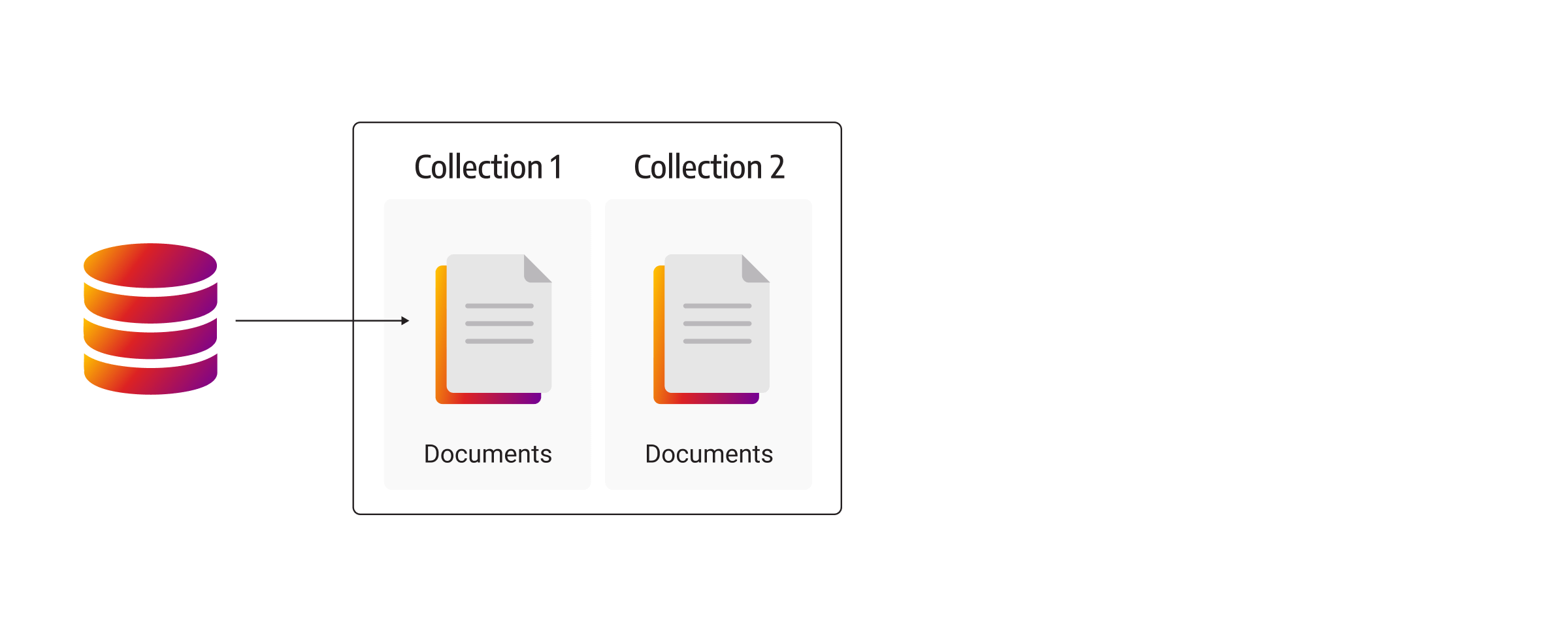
On the contrary, document databases, such as MongoDB and CosmosDB, store data in flexible, JSON-like documents. They provide schema flexibility, allowing you to store semi-structured or unstructured data without predefined schemas. Typically, a document database is ideal for applications with evolving data structures and agile development processes. Examples are content management systems, e-commerce platforms, and again, real-time analytics.
Column-oriented
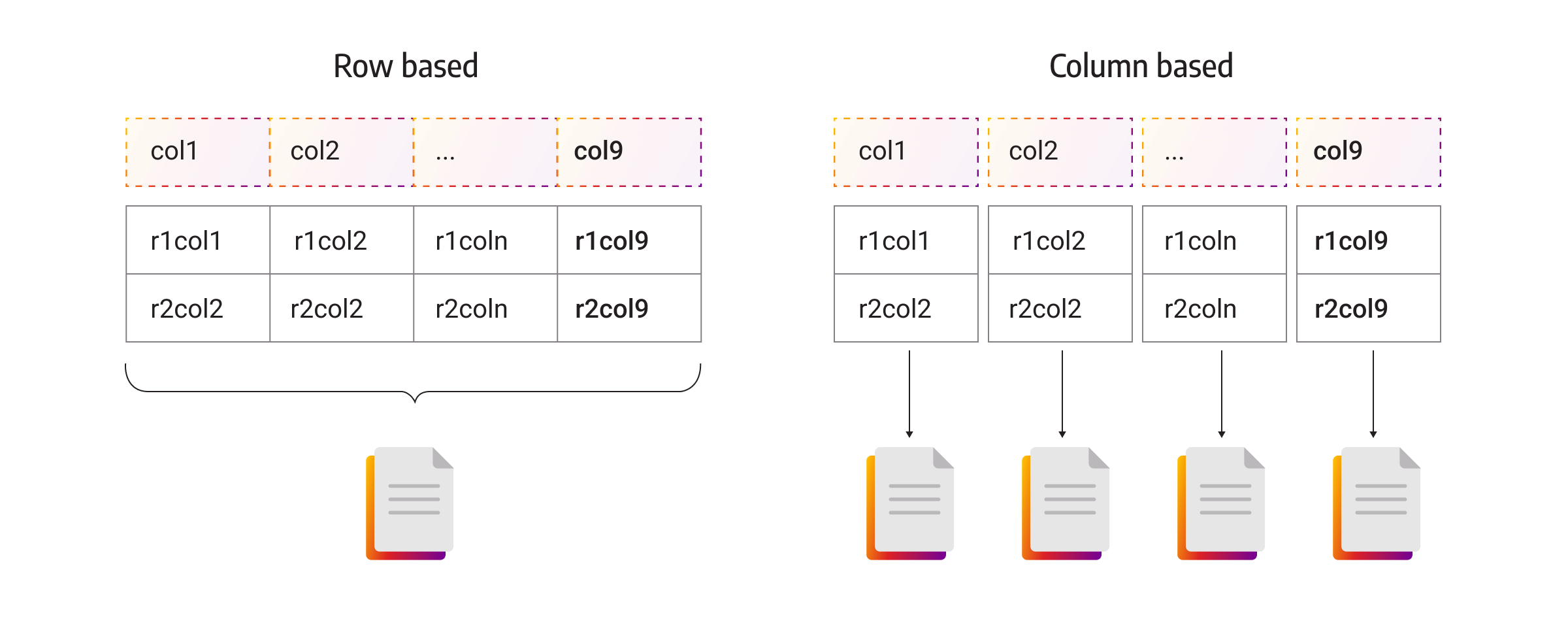
Fairly self-explanatory, aren't they? Column-oriented databases store data in columns as opposed to rows. Databases such as Apache Cassandra and DataStax are designed for handling massive amounts of data and excel in write-heavy workloads. Column-oriented databases are well-suited for use cases like time-series data, log storage, and analytics applications where fast writes and high scalability is critical.
Graph databases
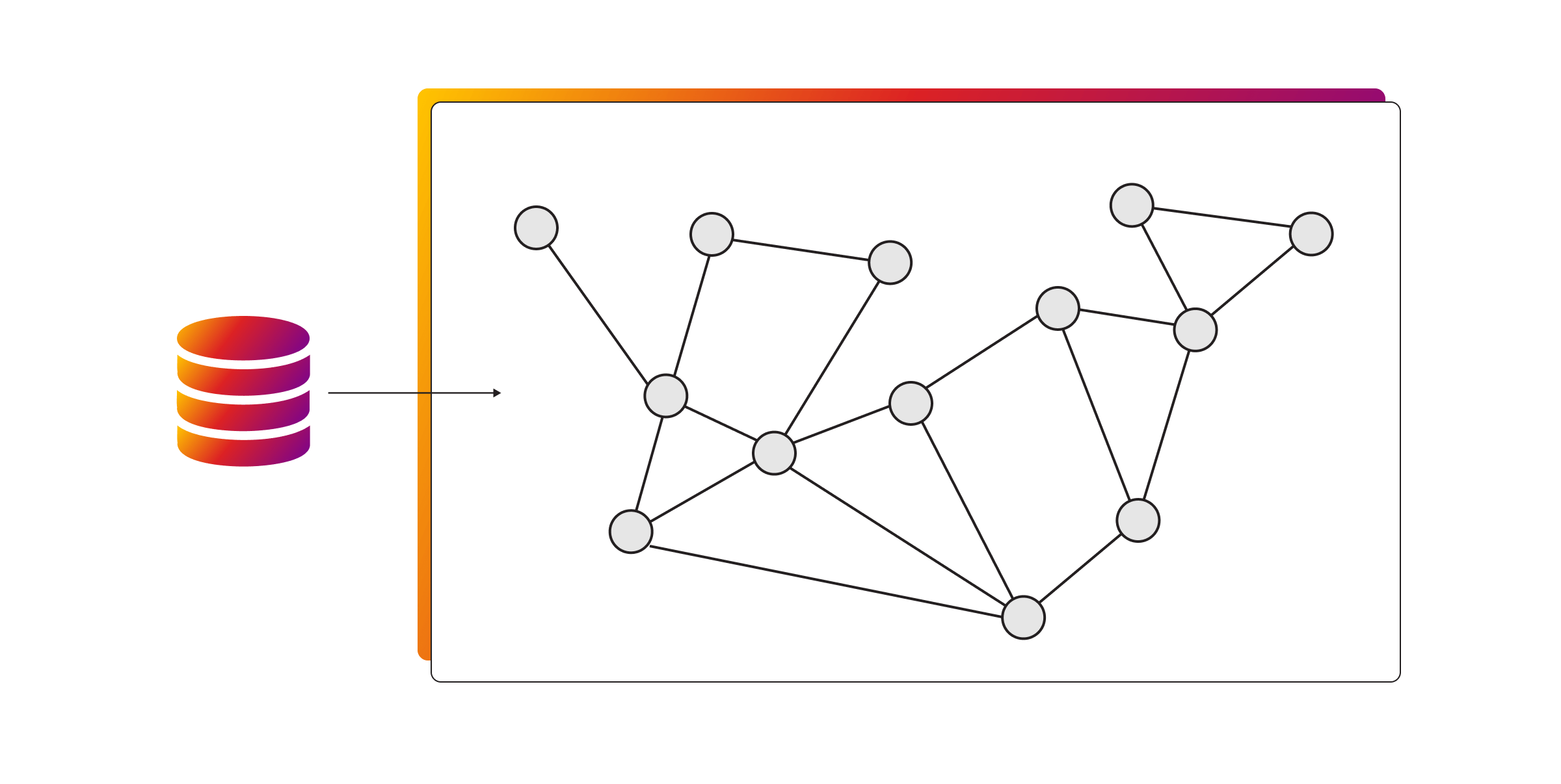
Memgraph's personal favorite is the graph database. Guess why?;) Graph databases are unparalleled in managing highly interconnected data. They represent relationships between data points as nodes and edges, allowing for efficient querying and traversal of complex networks. These types of databases are ideal for applications involving social networks, recommendation systems, fraud detection, and knowledge graphs. If you have highly interconnected data and are not sure how to manage it with the utmost efficiency, check out how Saporo did it with Memgraph and what they achieved in the end result.
NewSQL databases
NewSQL databases represent a modern evolution of traditional relational databases, designed to address the scalability limitations of their predecessors. They combine the familiar SQL querying language with innovative architectural designs to offer the perks of both scalability and strong ACID compliance. NewSQL databases, such as CockroachDB and Google Spanner, are built to handle large-scale distributed systems with massive amounts of data. They employ sharding, replication, and distributed consensus algorithms to ensure fault tolerance, high availability, and seamless horizontal scaling.

With their ability to distribute data across multiple nodes, NewSQL databases excel in demanding use cases, including global-scale web applications and real-time analytics. A major advantage of a NewSQL database is that they maintain ACID properties, guaranteeing data consistency and integrity — crucial for use cases dealing with financial transactions or e-commerce platforms.
Furthermore, NewSQL databases provide advanced query optimization, indexing mechanisms, and management tools, making them a powerful choice for developers seeking high-performance, scalable, and reliable database technology.
Time-series databases
Purpose-built to handle time-stamped data, time-series databases excel in managing voluminous datasets collected over time, such as sensor readings or stock market data. Popular time series databases like InfluxDB and Prometheus optimize storage and compression. They retrieve data that is time-based, allowing for fast and scalable access to historical and real-time information. In addition, these databases provide handy features for time-based data analysis, including downsampling, aggregation, and windowing operations, making it easier to analyze and visualize data patterns.
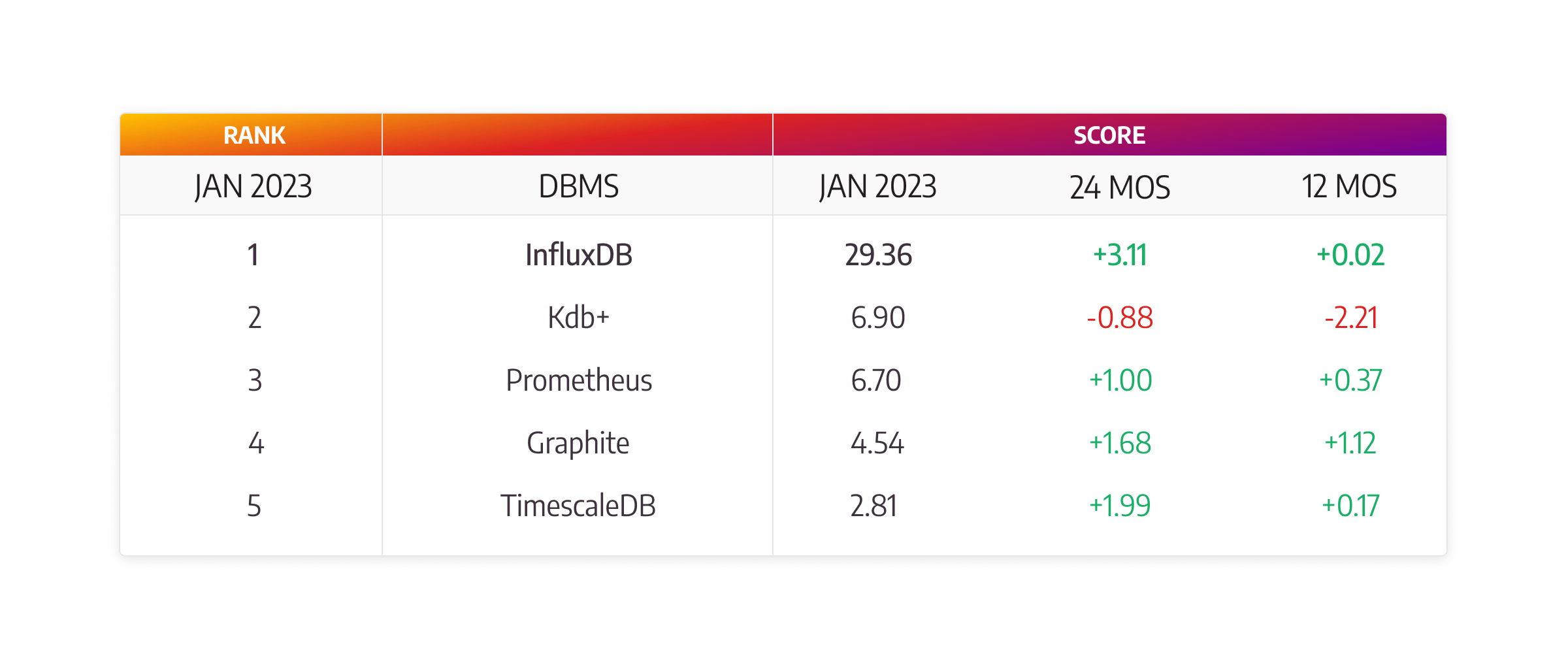
Due to their ability to handle high write and read rates, time series databases are perfect for applications that require rapid data ingestion and real-time analytics, like monitoring systems or IoT platforms. They often support standard query languages, APIs, and integrations with popular data analysis and visualization tools, making them user-friendly and flexible.
Important considerations when selecting a database
Now, your project success depends on whether or not you choose the right database. So, how do you find the perfect match without having second thoughts about it? Here is what you need to be mindful of apart from identifying the database model for your use case:
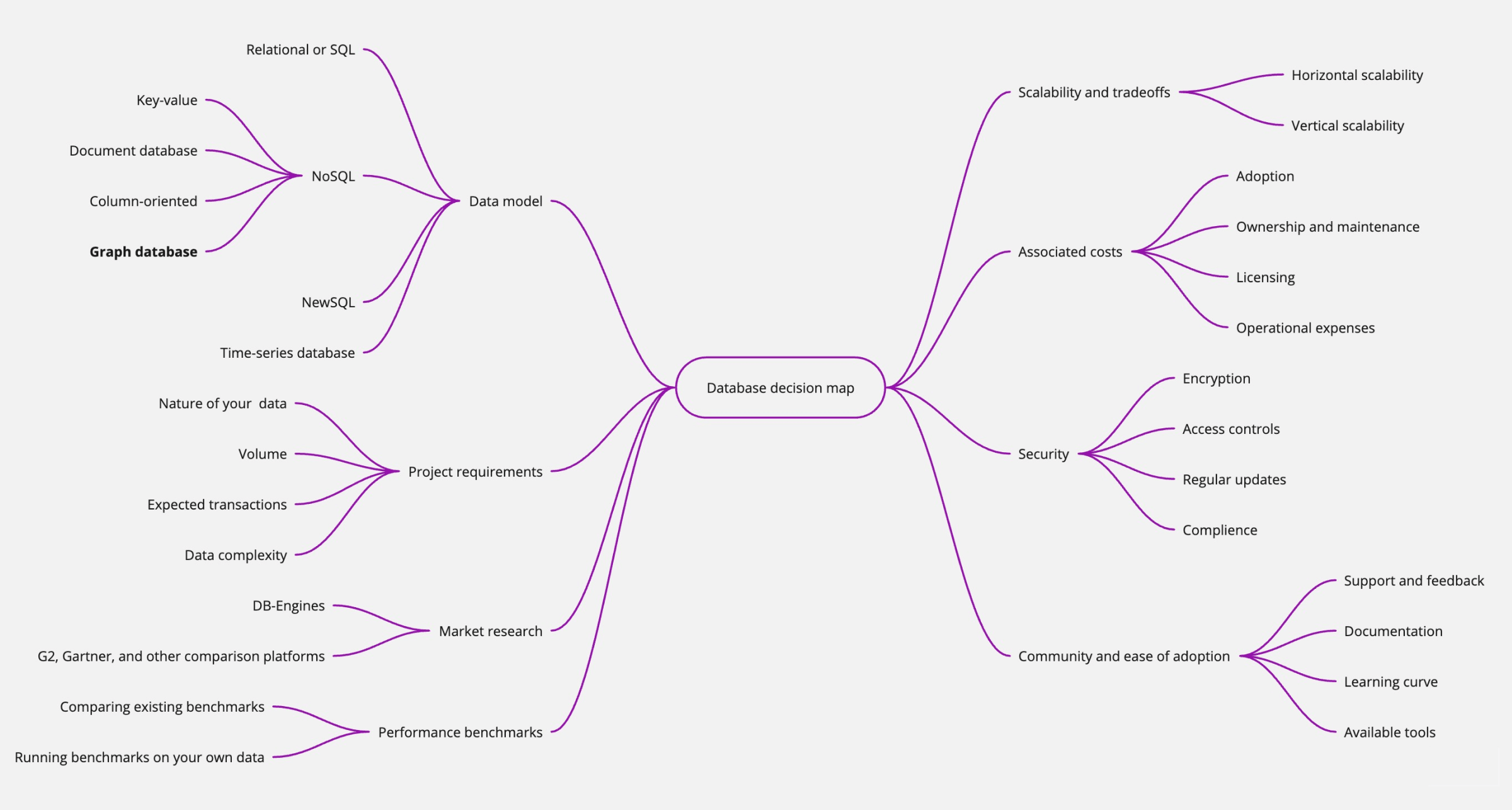
Evaluating your project requirements
When selecting a database for your project, it's crucial to first assess your project's unique requirements. Take a moment to consider important factors such as the nature of your data, the expected volume, the kind of transactions you'll be handling, the complexity of your data, all the way to the types of queries you'll need to perform. This evaluation process will pave the way for determining the essential features and capabilities your database should have.
By understanding your data's characteristics, you can choose a database that best fits your use case, be it a relational database for structured data, a graph for more intricate relationships, or a document-oriented database. Additionally, consider the type of transactions your application needs to support—be it strict consistency or eventual consistency for distributed systems. Once all of this is counted in, you'll be well-equipped to select a database that aligns perfectly with your project requirements.
Market research
Conducting thorough market research is another integral step in the process. By throwing yourself into the full landscape of available databases, you can gain a comprehensive understanding of your options and compare them on the go. Look for popular choices on DB-Engines and evaluate their strengths and weaknesses to find the best fit for your needs. Additionally, exploring case studies and success stories of organizations that have embarked on similar projects can provide valuable insights into the database solutions they have adopted. Armed with this knowledge, you can make an informed decision that supercharges your project.
Comparing performance benchmarks
When evaluating databases, it's more than crucial to compare their performance benchmarks. This involves assessing their speed, efficiency, and reliability under different workloads. Look for benchmark results that resemble your project's anticipated usage patterns to gain insights into how each database will handle your specific requirements. Or, you can make a smart move, run benchmarks on your own workload, and asses results in real-time.
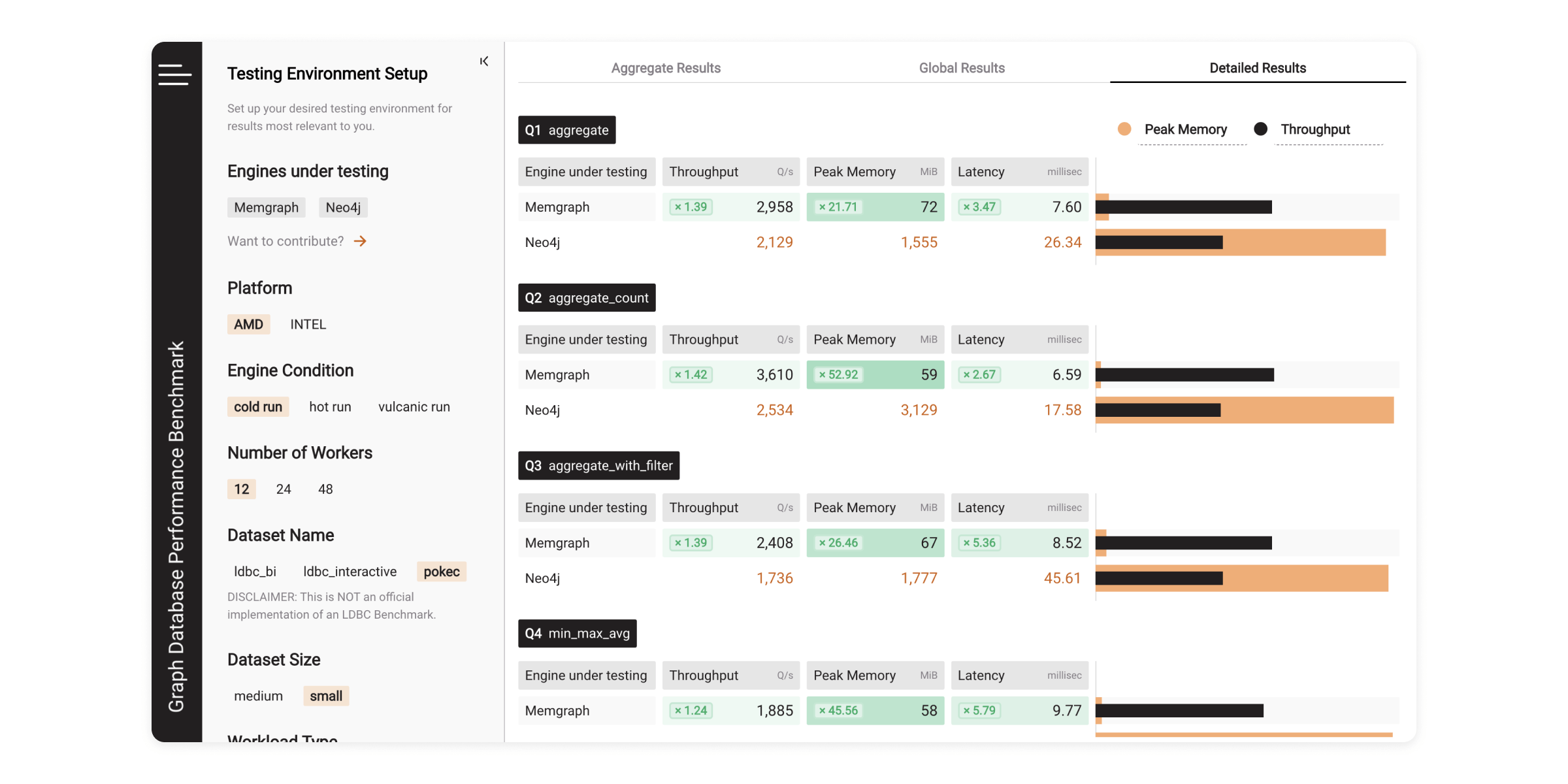
For example, here you can find stats on Neo4j vs. Memgraph performance. By making use of benchmarks, you can make a considerably more informed decision and ensures optimal database performance.
Scalability and tradeoffs
With an eye on scalability, assess if your project will require handling significant data growth. Consider whether a database offers horizontal or vertical scalability and assess any tradeoffs involved.
Horizontal scalability refers to the ability to scale by adding more machines or servers to distribute the workload across a cluster of nodes. This approach allows for increased storage capacity and improved performance by distributing data and processing tasks across multiple machines. It offers the advantage of being able to handle larger workloads as your project grows. However, some databases may require additional configuration and complexity to distribute data effectively, and there might be a slight overhead in terms of inter-node communication.
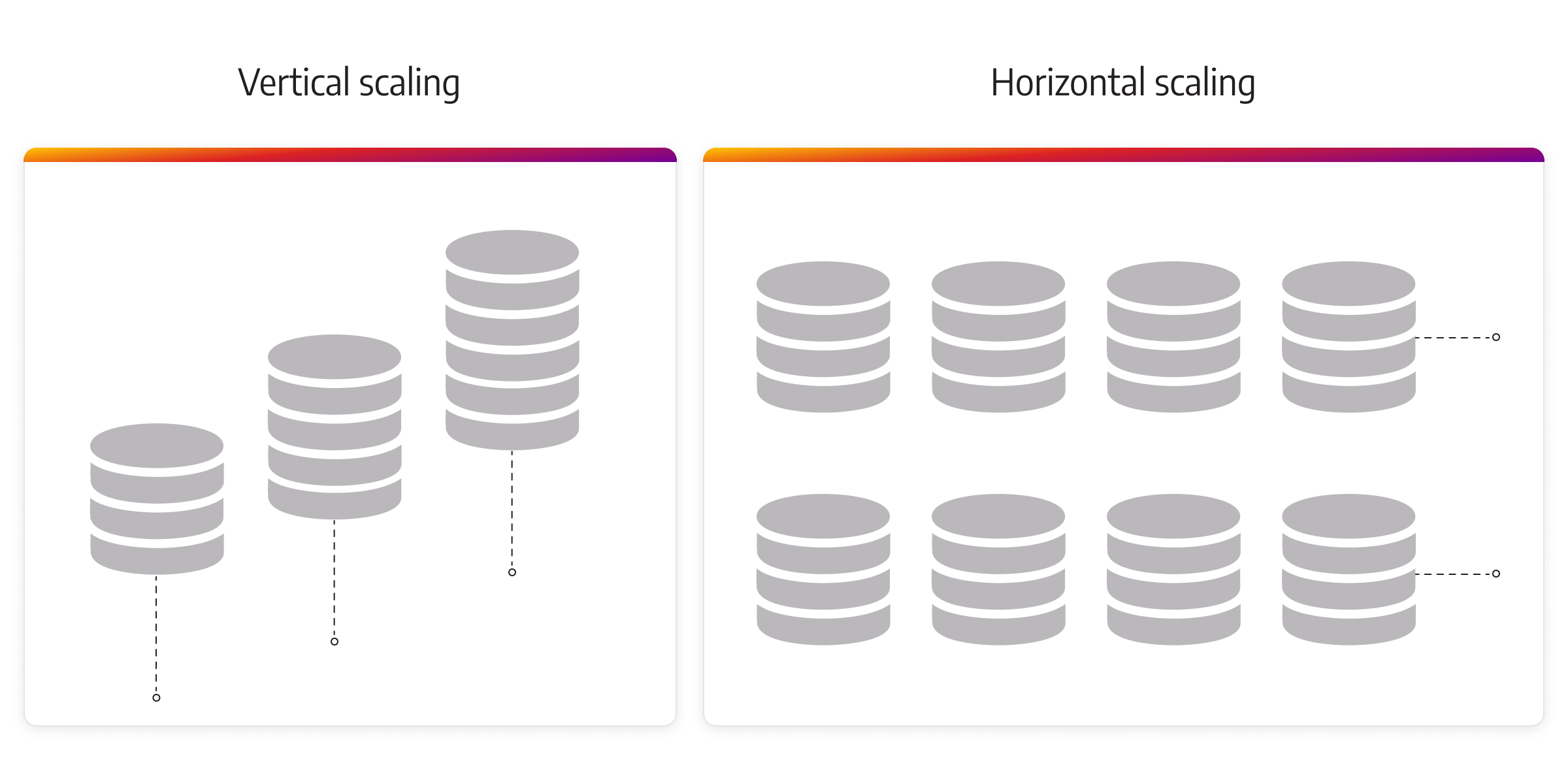
On the other hand, vertical scalability involves increasing the resources of a single machine, such as adding more CPU, memory, or storage capacity. The advantage: it can handle larger workloads on a single server and can be more straightforward to implement than horizontal scalability. Though just as with anything, vertical scalability has its own tradeoffs. There might be a limit to how much a single machine can be scaled, and the cost of upgrading hardware can be significant. What is more, there is a risk of creating a single point of failure if all resources are concentrated on one machine.
Some databases may sacrifice certain features for enhanced scalability, while others may strike a balance between functionality and growth. Understanding these tradeoffs will give you an edge when selecting a database that can accommodate your project's evolving needs.
Cost
Cost considerations extend beyond the initial investment. Evaluate the total cost of ownership, including licensing fees, maintenance, and operational expenses. Some databases may be free to use but involve higher operational costs, while others may have upfront expenses but offer lower long-term expenditures. Carefully analyze your project's budgetary constraints and align them with the costs associated with each database option to find a good balance between affordability and functionality.
Security
Ensuring the security of your data is of paramount importance. Look for databases that provide robust security features, including encryption, access controls, compliance, and regular updates. Encryption is a fundamental security measure that ensures data confidentiality. A database should support encryption mechanisms to protect data both at rest and in transit. Look for features like data encryption at the storage level or support for secure communication protocols such as SSL/TLS.
Access controls define fine-grained access permissions allowing you to restrict data access to authorized individuals or specific roles. Granular access controls ensure that only authenticated and authorized users can manipulate or view sensitive data, reducing the risk of unauthorized access or data breaches.
In their turn, regular updates and patches are crucial to maintaining the security of your database. Vulnerabilities and exploits are constantly evolving, so it's essential to choose a database that has a track record of prompt and regular security updates. This demonstrates the commitment of the database provider to address any discovered vulnerabilities.
Compliance with industry standards and regulations is another pivotal factor to consider. Depending on your industry or geographic location, specific regulations, and standards may apply, such as GDPR, HIPAA, or PCI-DSS. Ensure that the database you select meets the necessary compliance requirements to avoid potential legal and regulatory issues. Compliance helps guarantee that your database follows best practices for data protection and privacy.
In an era where data breaches and privacy concerns are prevalent, users expect their data to be handled with the utmost care. Prioritizing security not only protects your project's sensitive information but also helps maintain the trust of your users.
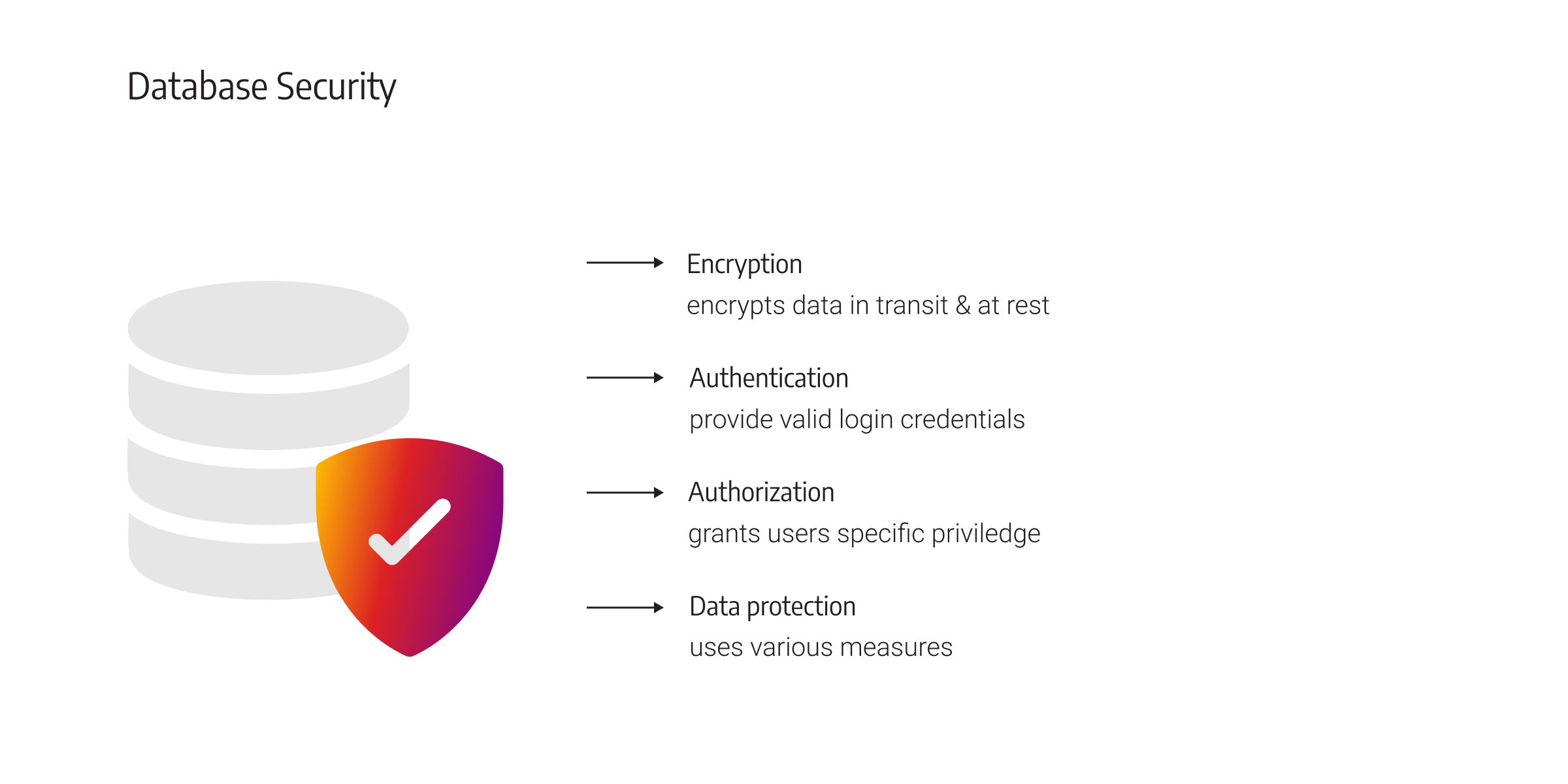
Community and ease of adoption
Consider the strength and vibrancy of the community surrounding a database. A thriving community offers support, resources, and active development, which can be invaluable when facing challenges or seeking enhancements. It also ensures that your requests and feedback are heard and considered in the roadmap.
Additionally, evaluate the ease of adoption by assessing factors like documentation, learning curves, and available tools. Choosing a database with a supportive community and an easy learning curve will streamline your development process and accelerate the integration of the database into your project.
Closing remarks
Selecting the perfect database requires a comprehensive evaluation of multiple factors, as you saw. Remember, each project is different. And the ideal database choice may vary based on specific requirements. So take the time to thoroughly assess each consideration, and seek expert advice if needed.
With the right database powering your project, you'll lay a solid foundation for success and will unlock the full potential of your data-driven application.